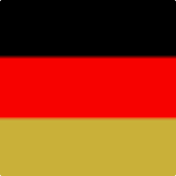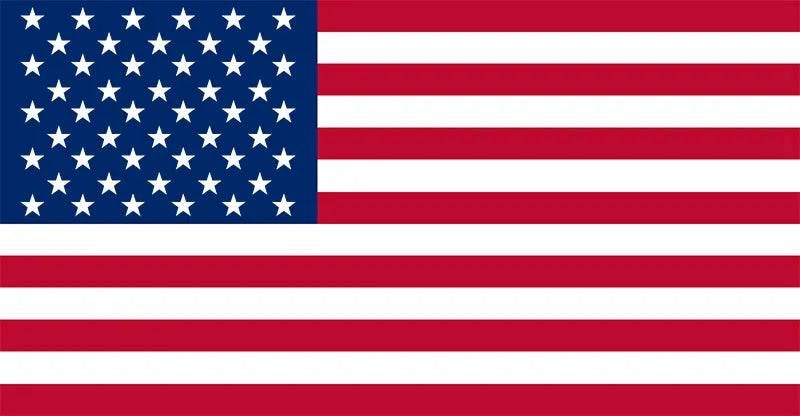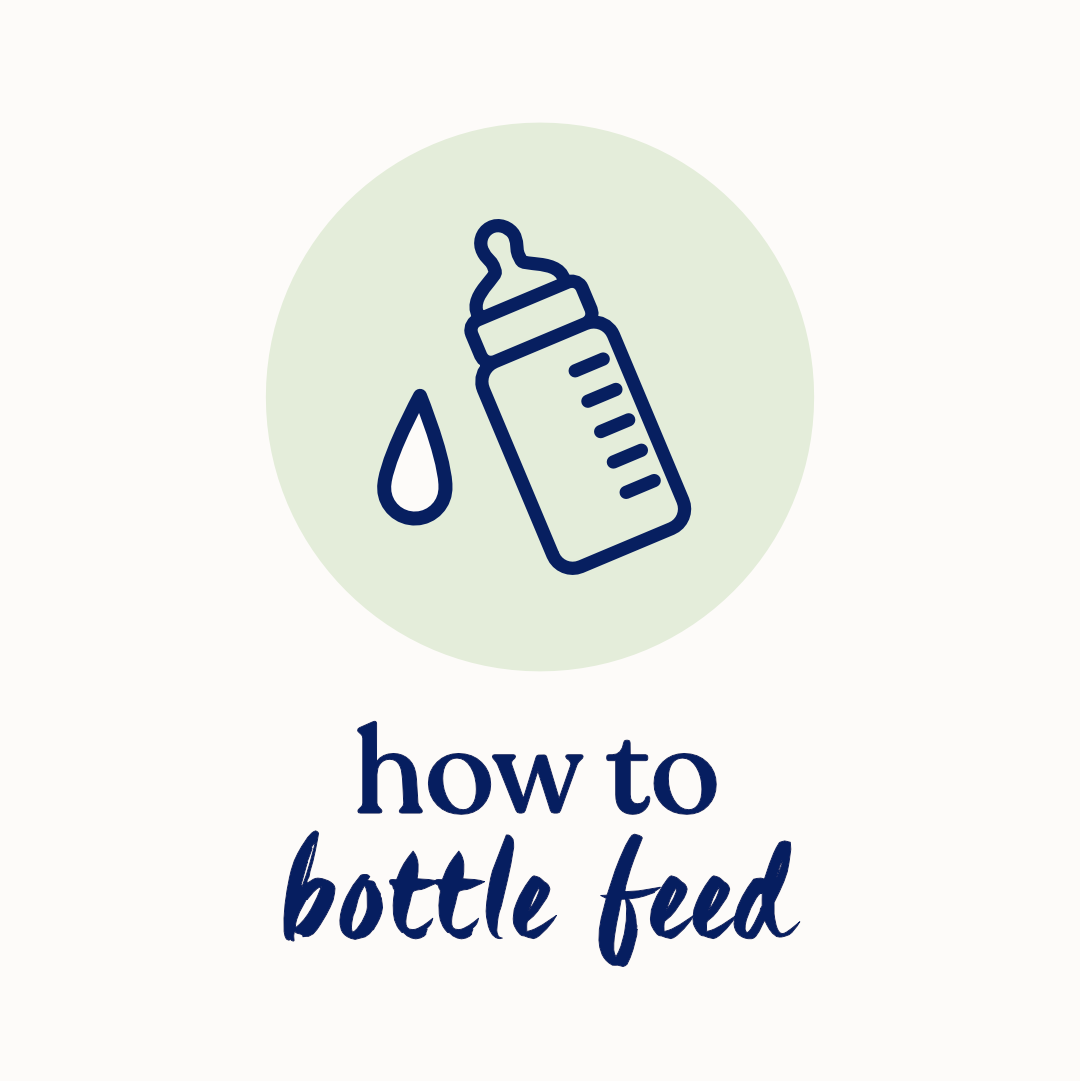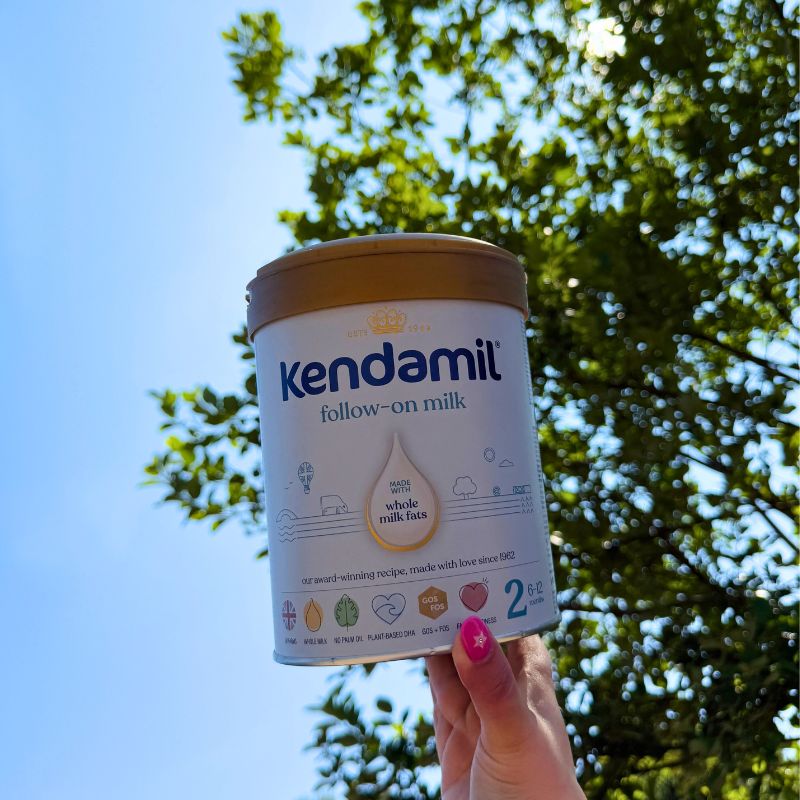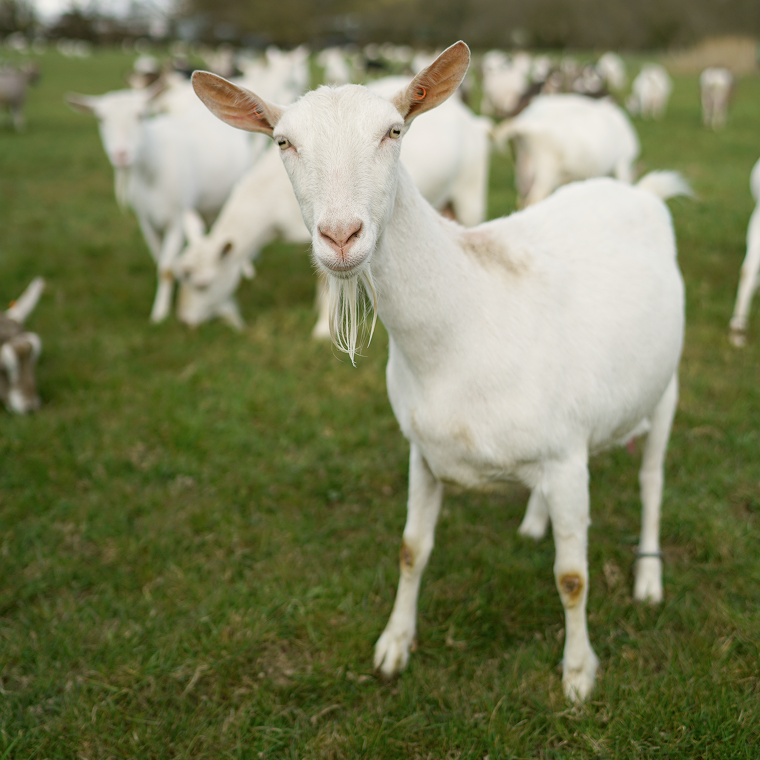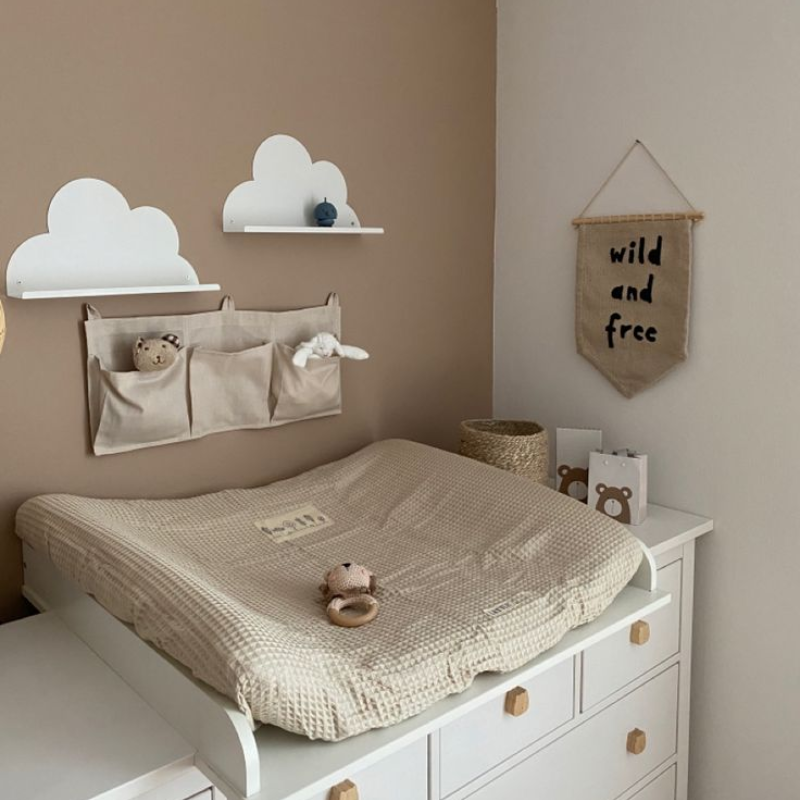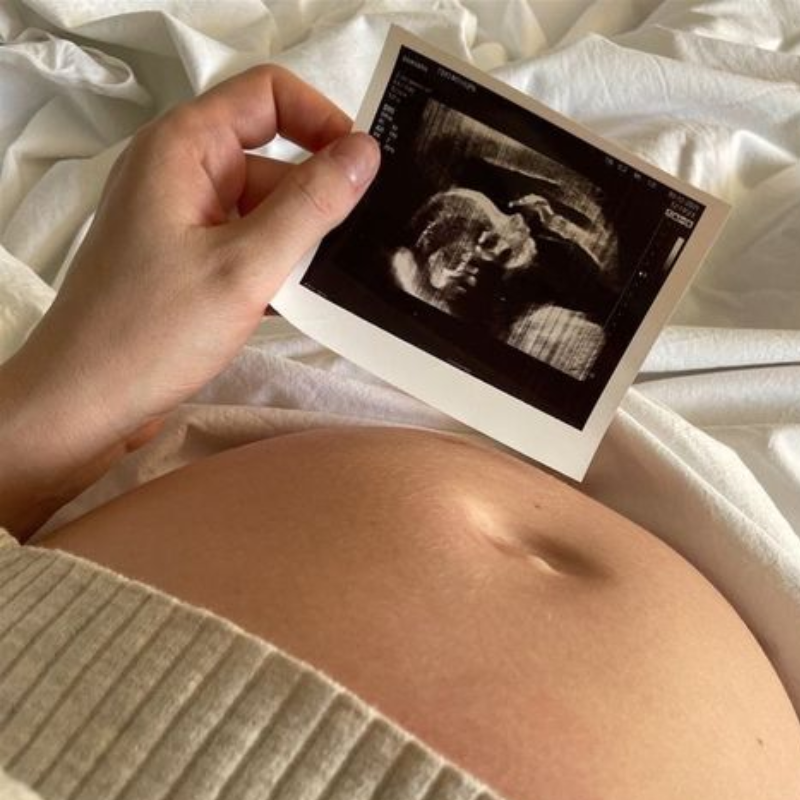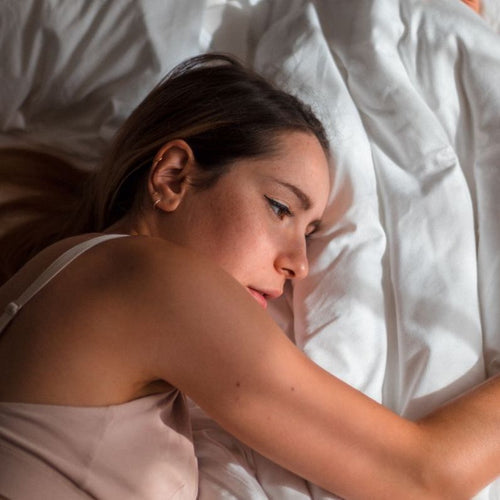The transition from breast to bottle means a change in texture and possibly taste, for your little one. That’s why bottle-feeding can be a tough adjustment! Whether you’re formula feeding, bottle feeding expressed breast milk, or doing a combination of the two, the newness of a bottle can be a little daunting on your baby.
In the UK, thousands of people search for ‘bottle feeding’ and related terms every month. If you’re struggling to bottle feed your little one, even if it is your expressed breastmilk, you’re definitely not alone. We’re covering the best methods to transition your baby to bottle feed with ease. So, buckle up - ‘cause we have assistance in tow.
We’ll be offering advice on how to introduce a bottle, how to hold your baby and the bottle, plus what to do if your baby doesn’t instantly take to a bottle (because not all little ones do).

👶🏽 How to introduce bottle feeding to your baby 👶🏽
We understand the struggle of introducing your little one to a bottle, after spending many months feeding at the breast. Your little one would much rather prefer milk straight from the source.
Plus, studies show that babies tend to struggle with latching onto a bottle’s teat because it requires different mouth and tongue movements. Needless to say, bottle feeding takes some getting used to. But, and here’s the good part: persistence, patience and routine are your friends during this time.
Here’s some advice to help make that transition from breast to bottle a lot more seamless:
⏰ Offer your baby a bottle after their regular feeding time:
This gets your baby used to the teat when they are relaxed, not hungry. Make sure to start with a small amount of breast milk then move onto expressed breastmilk or formula milk when they’re ready for it.
🤱 For expressed breastmilk:
NHS guidelines recommend storing your expressed breast milk in a sterile container or a specialised breastmilk storage bag. You can store your expressed milk in the fridge for up to 8 days (just make sure the fridge is below 4 degrees) and in the freezer for up to 6 months (if your freezer is -18 degrees or lower. Make sure to defrost frozen breastmilk, slowly, in the fridge). Warm your breastmilk to body temperature by putting your bottle of expressed milk in a jug of warm water.
🍼 For formula:
NHS guidelines recommend mixing powdered formula with water that is 70 degrees (for hygiene purposes). Then, wait until the milk reaches body temperature - this is 35 degrees. As your baby is probably used to your breastmilk, warm from your body temperature, this is a pretty seamless way to make the transition.
🌡️ If you are reheating expressed breastmilk for your baby, NEVER microwave. This causes hotspots and could burn your little one’s mouth.
🥛 If you are using formula milk, ALWAYS follow the instructions on the tin of your formula milk. Especially when warming your milk. Check the back of the box for specific instructions on how to prepare your formula. Always follow manufacturers instructions.
🍼 And if your baby is struggling with feeding from a bottle 🍼
🖌️ Dip the readily filled and sterilised bottle into some breast milk: Simply dip your sterilised bottle into your breast milk, so your baby associates the newness of the bottle with the comforting scent of your breastmilk. This makes the change from feeding at the breast to transitioning to the bottle less unsettling for your little one!
👶 Try paced bottle feeding: this is when you feed your baby when they most need it. New research has shown that on-demand bottle-feeding can work wonders for some babies, helping to nourish them when they most need to feed.
👨🍼 Try having your partner or friend feed your baby: With the first few bottles (either of formula milk or breast milk) this can help your baby to adjust to a bottle, without attempting to latch at your breast. Since babies are often used to a specific routine when it comes to feeding time with you, switching up who feeds them can help ease the adjustment.
🍼 Adjust how you hold the bottle: You can do this to maximise the flow of milk for your baby. You will need to make sure that the teat is always full to prevent your little one from swallowing air. If it does go flat, then gently put your finger in the corner of their mouth to release any suction from the teat.
If you are struggling, it might be helpful for your partner to feed your baby whilst you are out of the room (you might want to take a nice walk or grab a coffee in the garden?). Babies can smell your milk so a little distance might work.
If your partner isn’t close-by, try having a close friend or family member feed your baby.

🧑🍼 How to hold your baby while bottle feeding 🧑🍼
How to hold your baby is a personal decision; it will most likely depend on preference.
As we suggested above, changing your positioning when bottle feeding your baby could be worth trying. Especially, if your baby associates a certain position with feeding at the breast.
Making sure you find a comfortable, new position will help your baby to fall asleep easier (post-feeding) whilst improving your comfort levels. A win-win! The right bottle-feeding position is also a great way to ensure that, no matter what feeding method you’re choosing, bonding and skin-to-skin contact happens at all times.
The advice given by the NHS is to ensure your baby stays in a semi-upright position, with its head supported. Here are a few positions we recommend trying:
- Cradling: When you imagine feeding a baby, this is the most common position you’d probably think of, right? Your little one’s head rests in the crook of your arm, and their head is at a slight incline against your chest.
- Upright: This seated position will have your baby held upright instead of lying at an incline, whilst their head rests on your chest and arm (NHS guidelines show that holding your baby in this position is a great way to try to combat reflux).
- A pillow: Using a nursing pillow will help the baby’s head and chest at an angle whilst giving your arms a rest too.

😰 What to do if your baby refuses the bottle 😰
Common feeding problems are...well, common. So, don’t panic too much. You are not the first parent whose little one refuses to make that move from breast to bottle. Here are some ways to try to combat this:
- Feed your little one when they’re not hungry.
- Move your little one in different positions and see if they like a certain position better - get creative!
- Try moving around while feeding the baby (we recommend swaying or bobbing - but any gentle movement which brings your baby comfort is perfect!).
- Let your baby latch onto the bottle teat themselves instead of trying too hard to give it to them.
- Wrap the bottle in a fabric that smells like you! So if someone else is bottle feeding your little one, your scent is a comforting reminder that you’re close by (even if you’re on a shopping spree at the time!).
- Try different temperatures of milk, according to what your little one likes.
- Try different bottle teats. Different babies might prefer different shapes. textures and teat-flow.
🍼 The right teat can be a real treat! 🍼
When it comes to picking your baby’s first bottle there are some things to consider.
Not every baby is the same and a lot of the time, it’s trial and error. And with that personality comes preferences. Not every baby is the same and a lot of the time, trial and error is a big part of raising a baby.
The one thing that remains the same, all across the board?
- Using a sterile bottle
- Using the right teat for your baby’s age.
Other than that, you have options!
❓ What type of bottle will you go for? ❓
The type of bottle you choose is pretty important. For example:
- A glass bottle will last longer.
- A plastic bottle doesn’t hold the same risk of breakage, but it’s important to replace your bottle every three to four months. Plastic baby bottles tend to deteriorate and may retain an odour over time. Try looking for BPA-free bottles!
❗ Size matters ❗
- The size of the bottle will depend upon the age of your baby. Keep an eye for bottles with wider necks (these will be easier to clean).
🍼 The basics of all things TEAT: texture, size and flow. 🍼
- Your baby might favour a certain teat. This is usually according to:
Texture:
- A latex teat will have a closer resemblance to a mother’s breast. Latex tends to be softer. If your baby prefers a latex teat, ensure you’re washing it often.
- A silicone teat is more durable, dishwasher-safe.
Size:
- A longer teat with a wide base may help if your baby wants the feeling of a breast. This is because longer teats mimic the sensation of a nipple.
Flow:
- A vented teat is great for babies with colic as it reduces the build-up of gas.
- A ‘fast-flow’ teat has a fast flow.
The type of flow your baby prefers is usually down to preference.
Please always inspect your teats. Throw away ones that look like they have been damaged or are starting to deteriorate. Make sure you’re sterilising your teats after every use. The type of teat you choose for your baby is down to preference, but consistent sterilisation and hygiene isn’t.
Check out our guide to essential bottle-feeding items for more information and hidden gems.

✨ To conclude…
The baby lowdown? There are no hard and fast rules. What works for some babies might not work for yours - and that’s okay! Because, with #informedisbest. So you’ll find the right bottle for you and your little one in no time.
In the meantime:
💙 Be patient!
💙 Don’t panic if your little one doesn’t take during the first few feeds.
💙 Consult friends and family if you’re feeling alone.
💙 Consult a healthcare professional (health care visitor or midwife) if you feel you need medical advice. This is especially important if you feel that your little one might be developing a milk allergy or not accepting a bottle. If it doesn’t feel right, trust your instincts and seek professional support.
Lastly, we’re here to support you. So, please don’t hesitate to contact our team of mums and dads if you have any questions, queries or require additional help. Our aim is to empower; let us help you secure your knowledge in every way possible.
Sources:
https://www.nhs.uk/conditions/baby/breastfeeding-and-bottle-feeding/bottle-feeding/advice/
https://www.nct.org.uk/baby-toddler/feeding/practical-tips/tips-for-bottle-feeding-your-baby
https://www.nhs.uk/start4life/baby/feeding-your-baby/breastfeeding/breastfeeding-challenges/reflux/
Important Notice: Breastfeeding is best. Kendamil Follow-on milk is only for babies over 6 months, and should be used as part of a mixed diet. Please talk to your Healthcare Professional.

